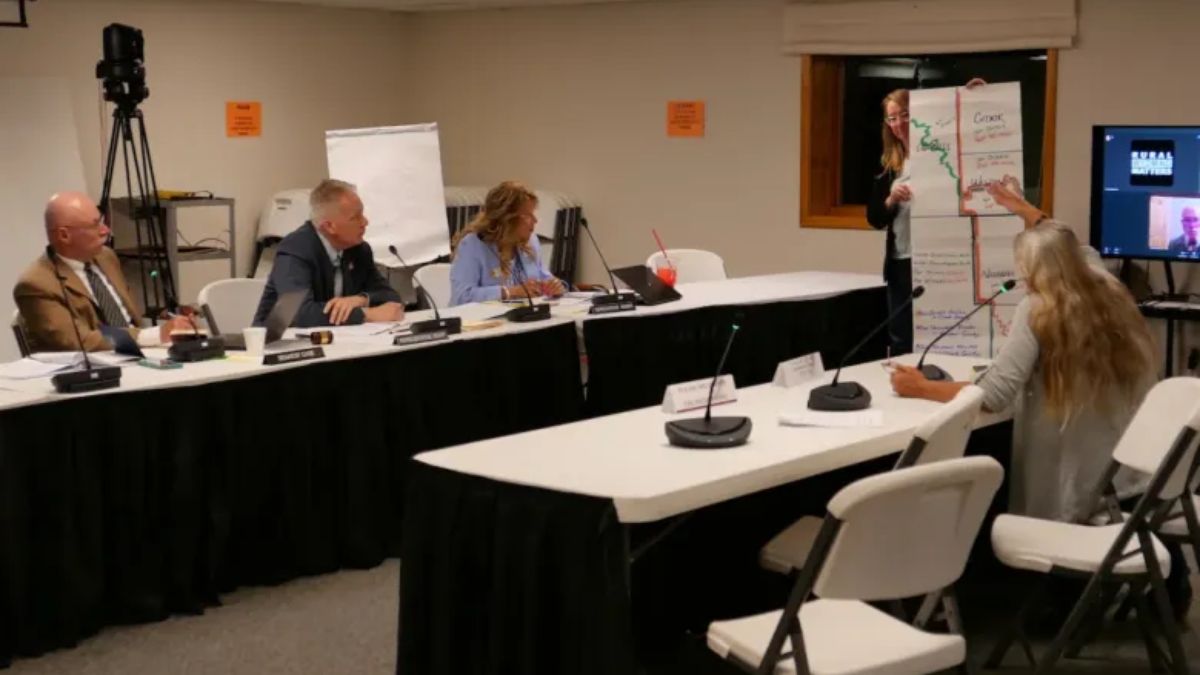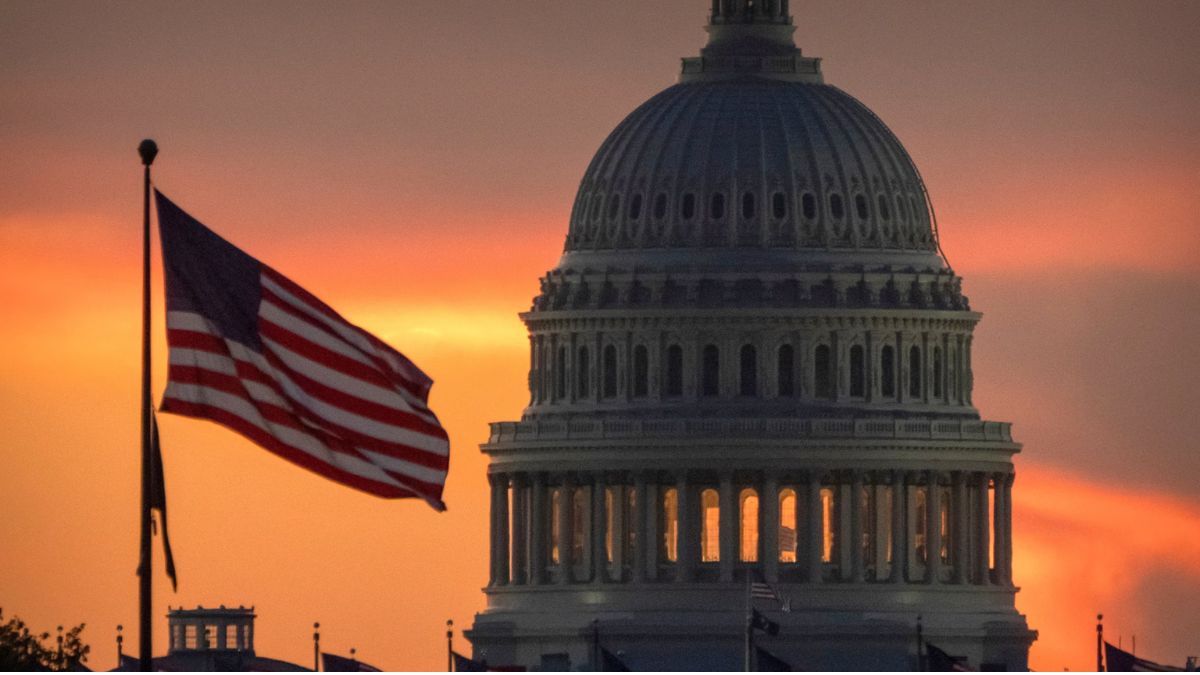Wyoming legislators are putting a pause on proposals to redraw state legislative maps to better align with county boundaries. During a virtual Joint Reapportionment Subcommittee meeting held Wednesday, members reviewed public input and examined new redistricting suggestions from Weston County residents who believe their representation in the Wyoming Legislature has been weakened since district lines were last revised in 2022.
Background of the Redistricting Debate
After the 2020 Census, Wyoming adjusted its legislative maps to balance population among districts. However, voters in smaller counties like Weston have since complained that being grouped with parts of Campbell, Crook, Goshen, and Niobrara counties reduces their political influence. They argue that their local voices are being overshadowed because their representatives must cover multiple regions with differing priorities.
Despite the public concerns, the subcommittee declined to advance any redistricting proposals to the Joint Corporations, Elections, and Political Subdivisions Committee for the 2026 budget session. Instead, lawmakers opted to prepare a detailed report outlining the findings for possible future action.
“The current system seems satisfactory for now, but we’ll continue studying improvements,” said Sen. Cale Case (R-Lander) during the online meeting.
Why Wyoming Stopped Following County Lines
For decades, the Wyoming Constitution required legislative districts to match county lines. That changed in 1991, when a federal court ruling found the maps unconstitutional for violating the Equal Protection Clause — the principle of “one person, one vote.” The court ruled that population equality, not geography, must guide redistricting.
As a result, Wyoming’s legislative boundaries shifted toward population-based districts, meaning less populated areas like Weston County no longer had their own dedicated lawmakers. Today, Weston County’s legislative representation is shared with neighboring counties.
“It’s hard for one senator to represent several different communities equally,” said Newcastle resident William Curley, expressing frustration over the current arrangement.
Public Input and Proposals
During a September meeting in Newcastle, local citizens nearly unanimously supported returning to county-based maps, though they differed on the method. Some suggested a weighted voting system, while others proposed increasing the total number of legislators to ensure fair representation.
Speaker of the House Chip Neiman (R-Hulett), who represents parts of Crook and Weston Counties, defended rural representation, saying,
“Our rural character defines Wyoming. It’s what makes us who we are.”
Still, Neiman and other lawmakers acknowledged that rural influence is shrinking in state politics as urban populations grow.
Legal Precedents and Fairness Debate
Wednesday’s meeting introduced a contrasting viewpoint from Sarah Gorin of Laramie, the lead plaintiff in the landmark Gorin v. Karpan (1991) case that reshaped Wyoming’s districting laws. Gorin reminded legislators of the federal ruling that upheld population-based mapping.
“Citizens—not counties—are entitled to equal representation,” Gorin read from the original court decision.
She cautioned lawmakers against reversing decades of legal precedent, warning that doing so could invite new lawsuits and destabilize the system without clear justification.
A Legislative Service Office memo also noted that the 2012 court review reaffirmed the 1991 decision, confirming that county-based districts do not offer stronger voting rights than population-based ones.
National Perspective and Future Outlook
Interestingly, a New Jersey policy director, Todd Lund Jr., testified virtually in favor of Wyoming lawmakers exploring redistricting changes. He argued for staying true to state constitutional principles and praised the committee’s transparency.
Although the subcommittee opted against introducing a new redistricting bill now, individual legislators may still propose one independently in 2026. However, experts note that budget sessions limit bill consideration, making passage of such a complex measure difficult.
The 2026 Wyoming legislative session is scheduled to begin on February 9, 2026, and could revisit this issue depending on political momentum and public pressure.
Wyoming’s redistricting debate highlights the ongoing tension between rural representation and population fairness. While many residents seek a return to county-based maps, legal history and constitutional principles continue to favor equal population distribution. For now, the Legislature has chosen caution over change, signaling that the conversation is far from over.



